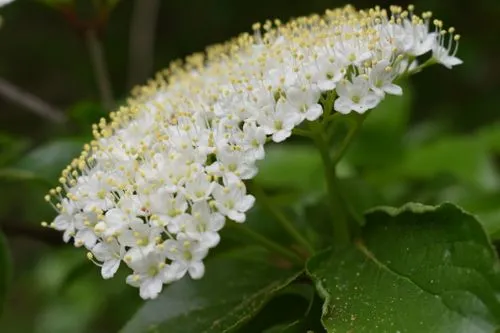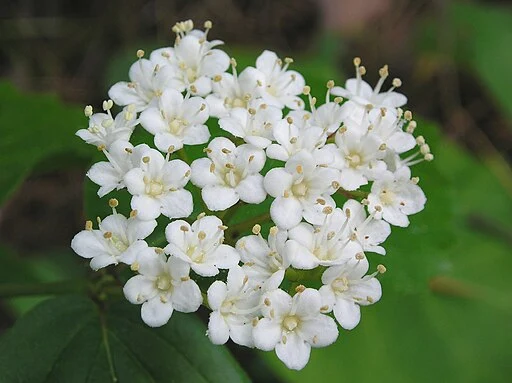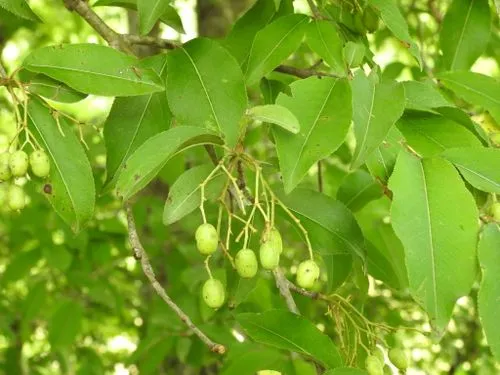Table of Contents for Common Milkweed (Asclepias syriaca)
Common Milkweed (Asclepias syriaca) is one of the most common host plants for the Monarch Butterfly in the United States. Generally when you think of the name “milkweed” it is this plant. This plant is one of the more common plants in the butterfly garden.
Taxonomy and Naming of Common Milkweed (Asclepias syriaca)
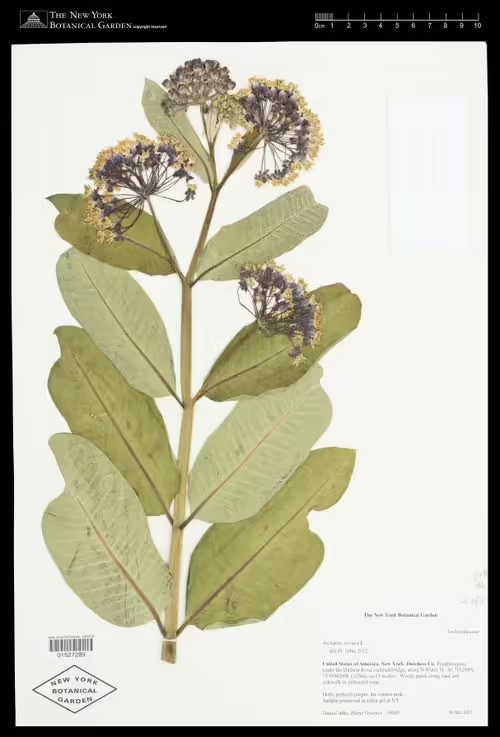
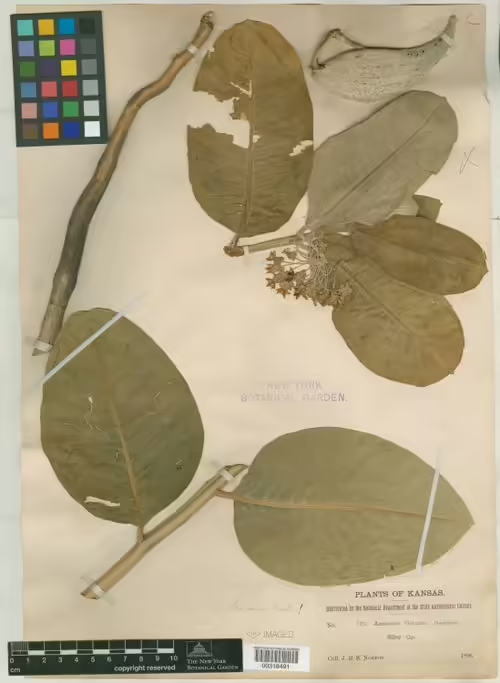
Taxonomy
Common milkweed (Asclepias syriaca) was first described from a 1635 specimen collected in Quebec City, Canada. At this time it was called Apocynum majus syriacum rectum. In 1753, Linnaeus renamed it to Asclepias syriaca in Species Plantarum (Gaertner, 1979). Before 2000, the genus Asclepias was in the Milkweed Family (Asclepidiaceae), but it has since been made a sub-family of the Dogbane Family (Apocynaceae) (Endress and Bruyns 2000).
Synonyms
- Asclepias intermedia
- Asclepias kansana
- Ascelpias syriaca var. kansana
Meaning of Scientific and Common Names
Scientific Name
The genus name, Asclepias, is in honor of the Greek god of medicine, Asklepios, and is in reference to the use of the members of this genus in medicine. The species name, syriaca, originates from the misperception of Linnaeus that this plant came from the country of Syria.
Common Name and Alternative Names
The common name, common milkweed, of this plant refers to the abundance of this plant in nature. However, recently, it along with the Monarch butterfly, has declined. Other names such as butterfly flower and swallow-wort, refer to the use of the plant by butterflies. One, Virginia milkweed, refers to a location of the plant and another, silkweed, describes the pappus of the fruits.
Physical Description of Common Milkweed (Asclepias syriaca)
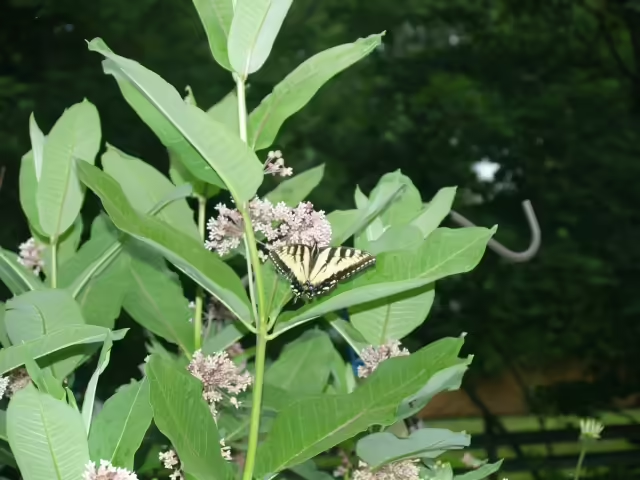
Description
- Plant Type: This species is a herbaceous perennial.
- Height: Common milkweed can grow up to 6 feet (2m) tall.
- Leaves: The leaves that are opposite, simple, elliptical to ovate with entire margins. They can grow up to 10 inches in length and 2 to 4 inches in width.
- Flower Color: The flowers are pink, greenish-purple to greenish-white to white.
- Blooming Period: June to August
- Fruit Type and Period: This species has follicles that mature in the late summer to early fall.
Range of Common Milkweed (Asclepias syriaca) in the United States and Canada
This plant is native to middle and eastern North America and has been introduced in parts of the western United States. It is considered to be rare in the states of Georgia and Mississippi and the province of Saskatchewan. It is considered to be a noxious weed in the provinces of Manitoba, Ontario, Quebec, and Nova Scotia (BONAP). The species has been naturalized in central and southern Europe and is often considered to be a weed. It can also be found in Krygystan, Australia, southeast Africa, and Japan (Cabi.org).
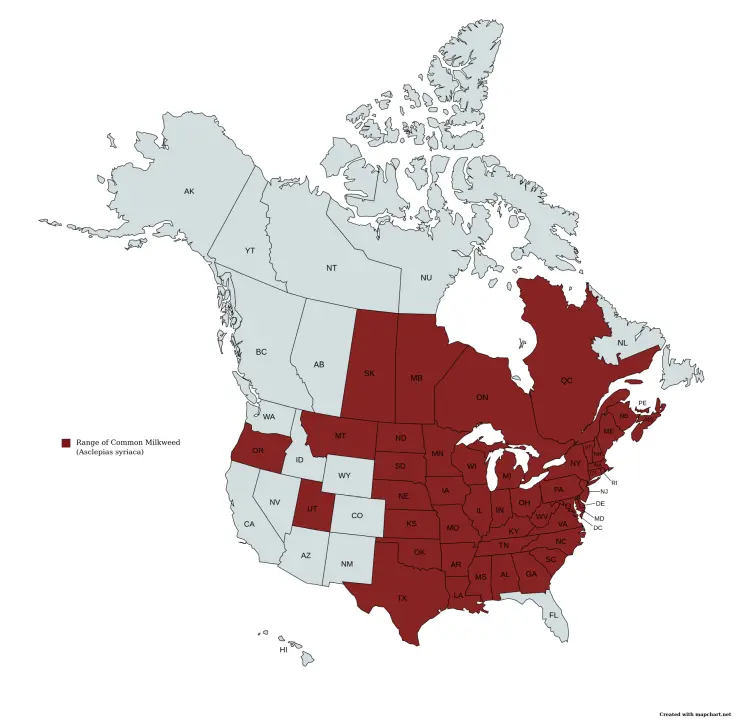
This plant is native to middle and eastern North America. The species has been naturalized in central and southern Europe and is often considered to be a weed. It can also be found in Krygystan, Australia, southeast Africa, and Japan (Cabi.org).
Habitat
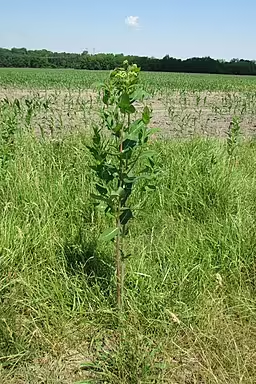
This plant is found in grasslands, both native and cultivated, waste and disturbed lands, and roadsides. It prefers well drained loamy and clayey soils that are somewhat moist. It does best in full sun, but can tolerate light shade.
Host Species
The Monarch Butterfly (Danaus plexippus) is perhaps the most famous user of this plant. Other species that depend on it include:
| Host Species of Common Milkweed (Asclepias syriaca) | ||
|---|---|---|
| Common Name | Scientific Name | Host Use |
| Monarch Butterfly | Danaus plexippus | Lays eggs and feeds on leaves |
| Milkweed Leaf Miner | Labidomera clivicollis | Larva feeds on leaves |
| Common Milkweed Bug | Lygaeus kalmii | Lays eggs on milkweed, feeds on flower nectar and seeds |
| Red Milkweed Beetle | Tetraopes tetraophthalmus | specific to milkweed and dogbane plants |
| Milkweed Stem Weevil | Rhyssomatus lineaticollis | feeds on the stems |
| Unexpected Cycnia (a moth) | Cycnia inopinatus | caterpillars feed on the leaves |
| Delicate Cycnia (a moth) | Cycnia tenera | caterpillars feed on the leaves |
| Seed Bug | Neacoryphus bicrucis | caterpillars feed on the leaves |
| Weevil | Gymnetron tetrum | caterpillars feed on the leaves |
Frequently Asked Questions about Common Milkweed (Asclepias syriaca)
Is this plant considered to be poisonous?
This plant, like other milkweeds, contains a milky sap with cardiac glycosides that are poisonous with ingestion. Because of the large size of the leaves, this milkweed likely has more of the sap than others. This plant can be toxic to pets and is harmful to humans in large quantity (NC Extension Gardener).
Is this plant considered to be invasive?
Common milkweed is considered to be a noxious weed in a number of Canadian provinces as described above the range. In places where it has been introduced, it is often considered to be invasive. However, with agriculture and the mowing of the habitats where this plant occurs, there has been a decline in it and along with it the Monarch butterfly.
What are the medicinal uses of this plant?
The North American Ethnobotany Database document about 55 uses of this species for medicine and food. Most medicinal uses range from pain killers, treatment of skin diseases, and various other gastronomic uses. In food it has been used as a vegetable, preservative, and for soups.
Gardening with Common Milkweed (Asclepias syriaca)
Add Common Milkweed to Your Garden
The link below takes you to our product page where we get a small commission from your purchase at no additional cost to you.
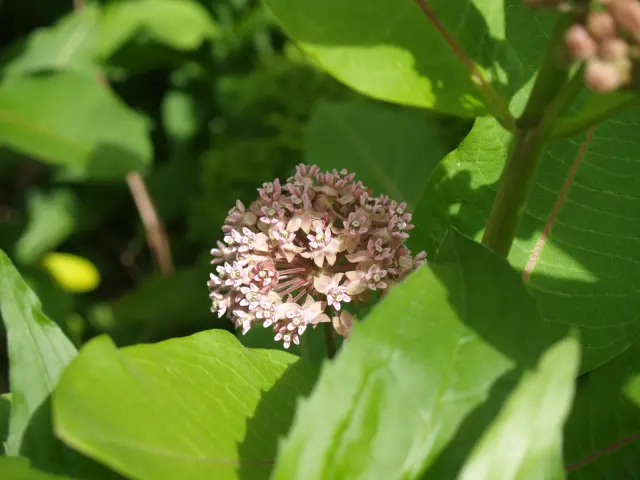
Hardiness
This species is hardy in zones 3-9. If your garden is within these zones, you can probably grow this species if you have the right exposure and soil conditions. Be aware that it can be invasive. Here at the McMullen House garden, we have not found it to be invasive and in fact it seems to like places where other plants will not grow.
Optimal Conditions
This species likes places in full sun or part-shade and soils that are well-drained and occasionally dry.
References
- Cabi.org: Datasheet on Asclepias syriaca (Common Milkweed)
- Endress, M.E., Bruyns, P.V. 2000. A revised classification of the Apoynaceae s.l. Botanical Review 66(1): 1-56.
- Gaertner, E.E. 1979. The and history and use of Milkweed (Asclepias syriaca L.). Economic Botany 33(2): 119-123.
